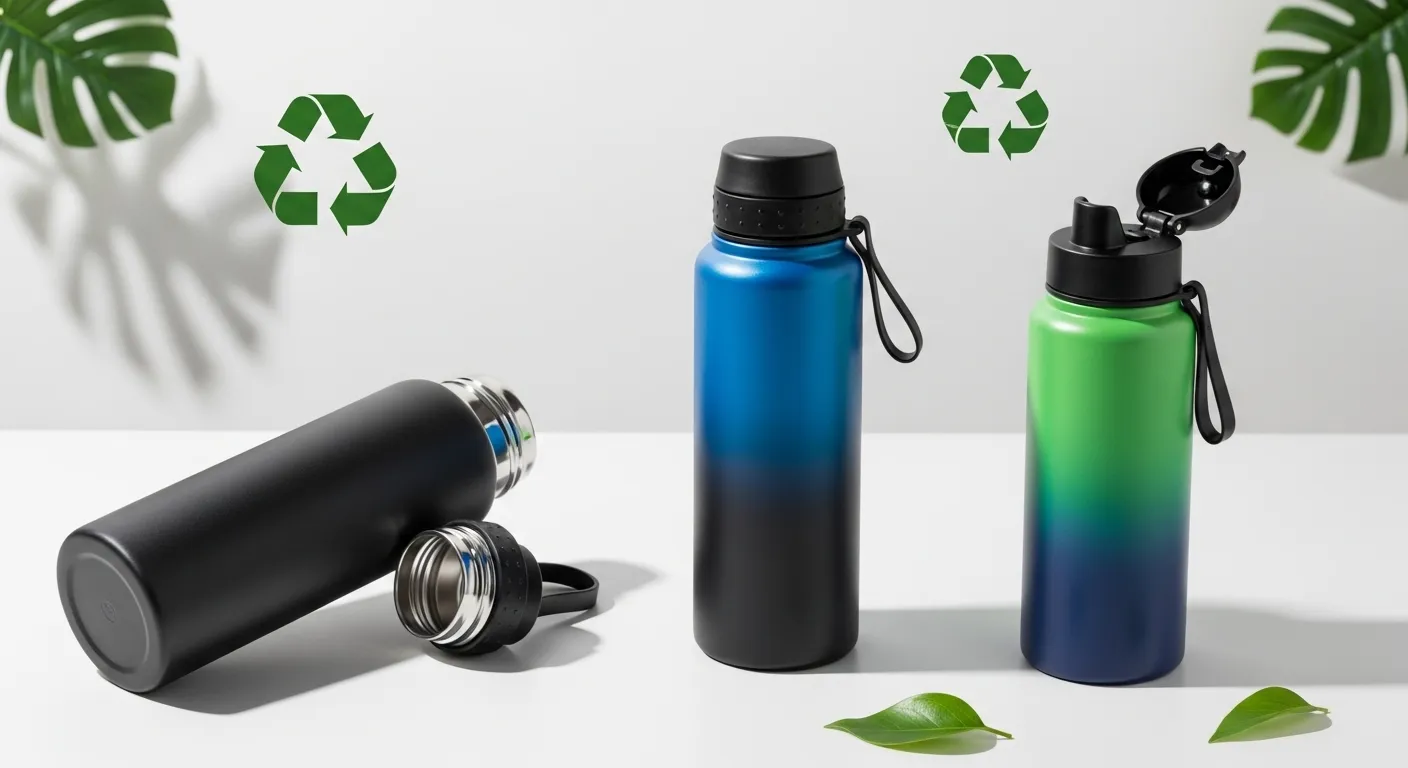
Plastic water bottles pollute our planet, drain resources, and threaten wildlife. We must shift to reusable alternatives now.
Over 1 million plastic water bottles are bought every minute globally, producing massive waste and emissions that harm our environment.
Choosing reusable bottles cuts pollution, saves money, and protects future generations—here’s how and why.
Why is reducing plastic water bottle use important for the environment?
Plastic water bottles poison ecosystems and pollute our air and oceans.
Plastic bottles release 2.5 million tons of CO₂ annually and take 450+ years to degrade in landfills or oceans.
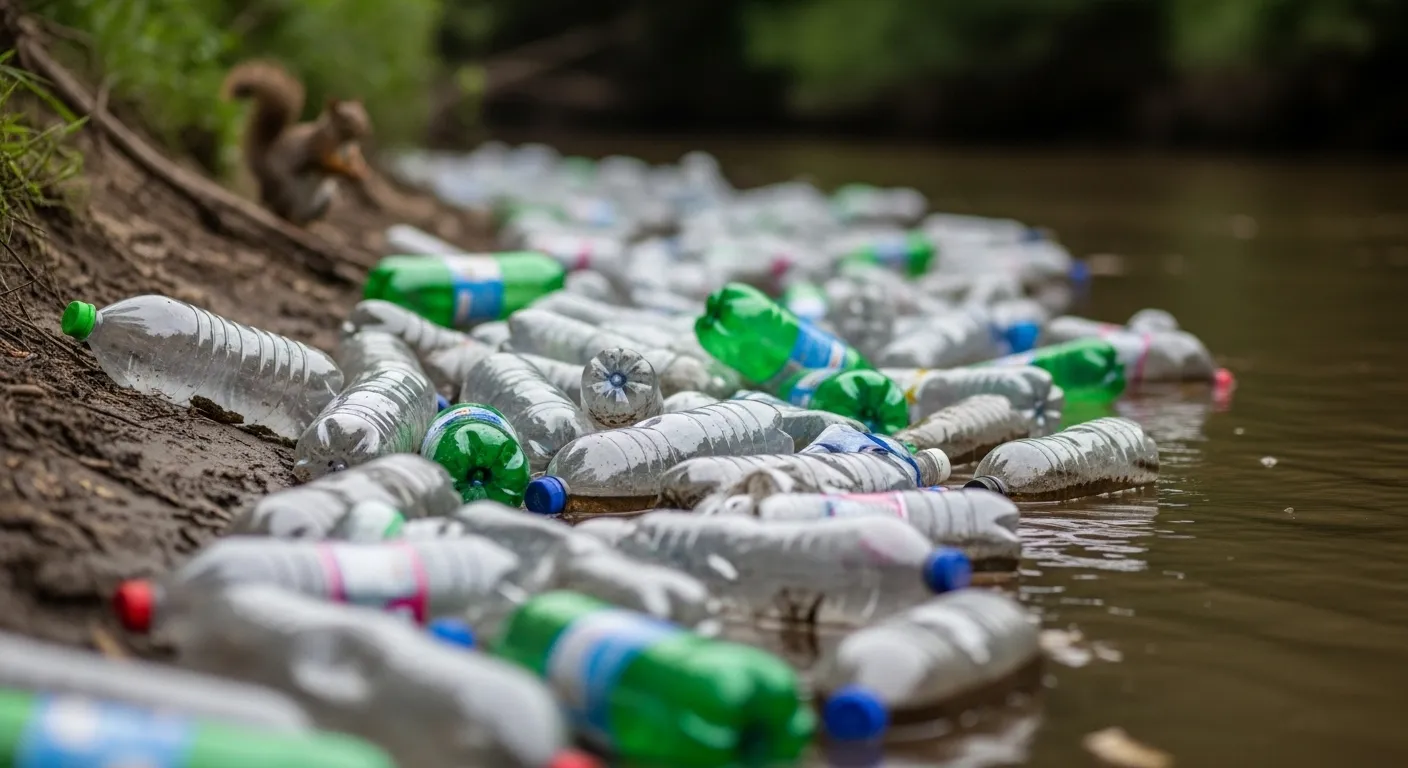
The Hidden Costs of Convenience
- Plastic bottle production uses 6 million gallons of fuel per year1.
- By 2030, plastic emissions may match 300 coal power plants2.
- Wildlife often ingest bottle fragments, causing injury or death.
- Microplastics from degraded bottles pollute rivers, lakes, and oceans3.
Switching to reusable bottles is a practical way to cut pollution, save energy, and reduce harm to wildlife.
What are the most effective ways to reduce plastic water bottle waste?
We need practical habits, public support, and product alternatives.
Use stainless steel bottles, access tap water, and support refill stations to dramatically cut plastic waste.
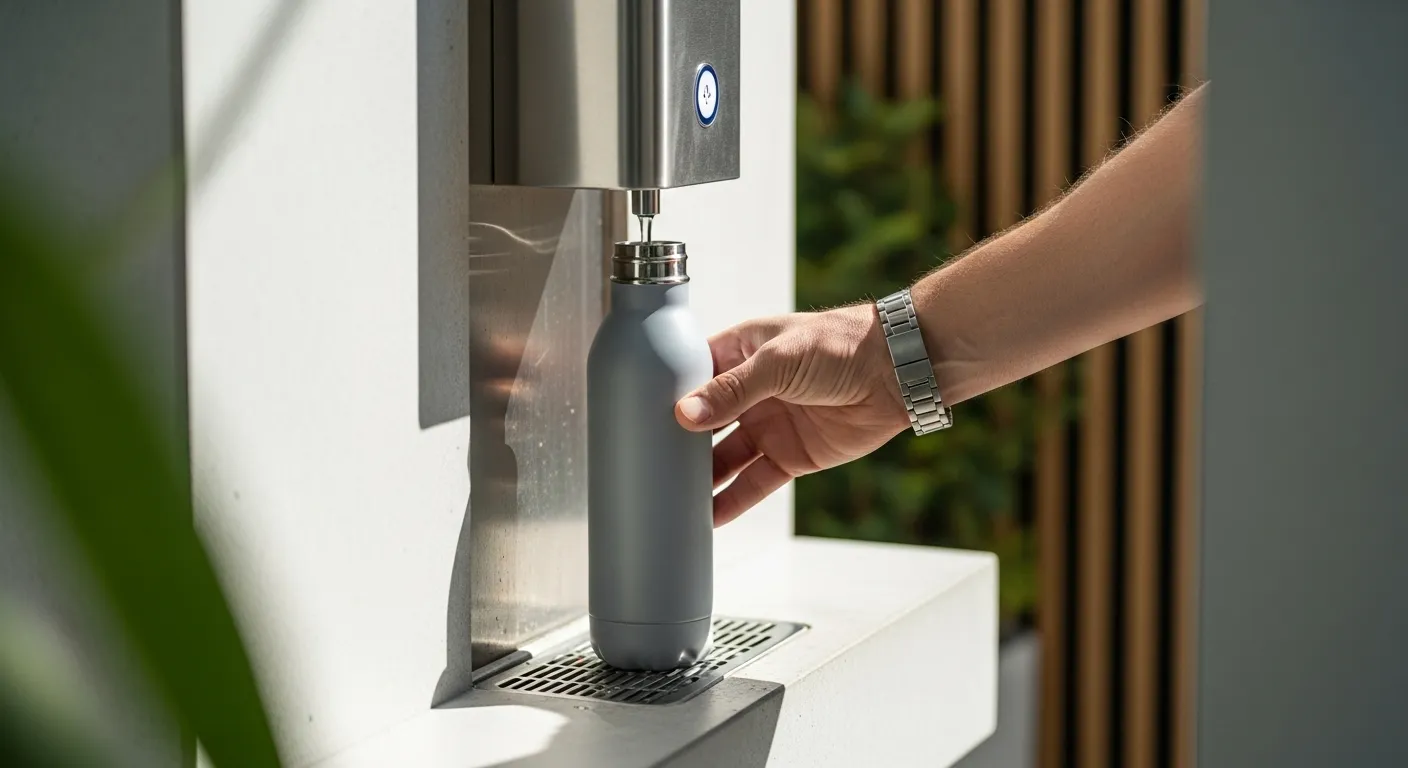
Simple, Scalable Solutions
- Switch to reusables: One person can save 156 plastic bottles yearly4.
- Use tap water with filters: Tap water is safe in most areas5.
- Install refill stations: Common in schools, airports, and offices6.
- Educate communities: Correct myths about hygiene and convenience7.
- Support policies: Encourage single-use plastic bans8.
Together, these steps can reduce plastic bottle dependence across entire communities.
How do reusable water bottles compare to single-use plastic bottles in cost and sustainability?
Reusable bottles are cheaper over time and far better for the planet.
A reusable bottle can last 12 years, saving over $1,300 and replacing 1,800 plastic bottles.
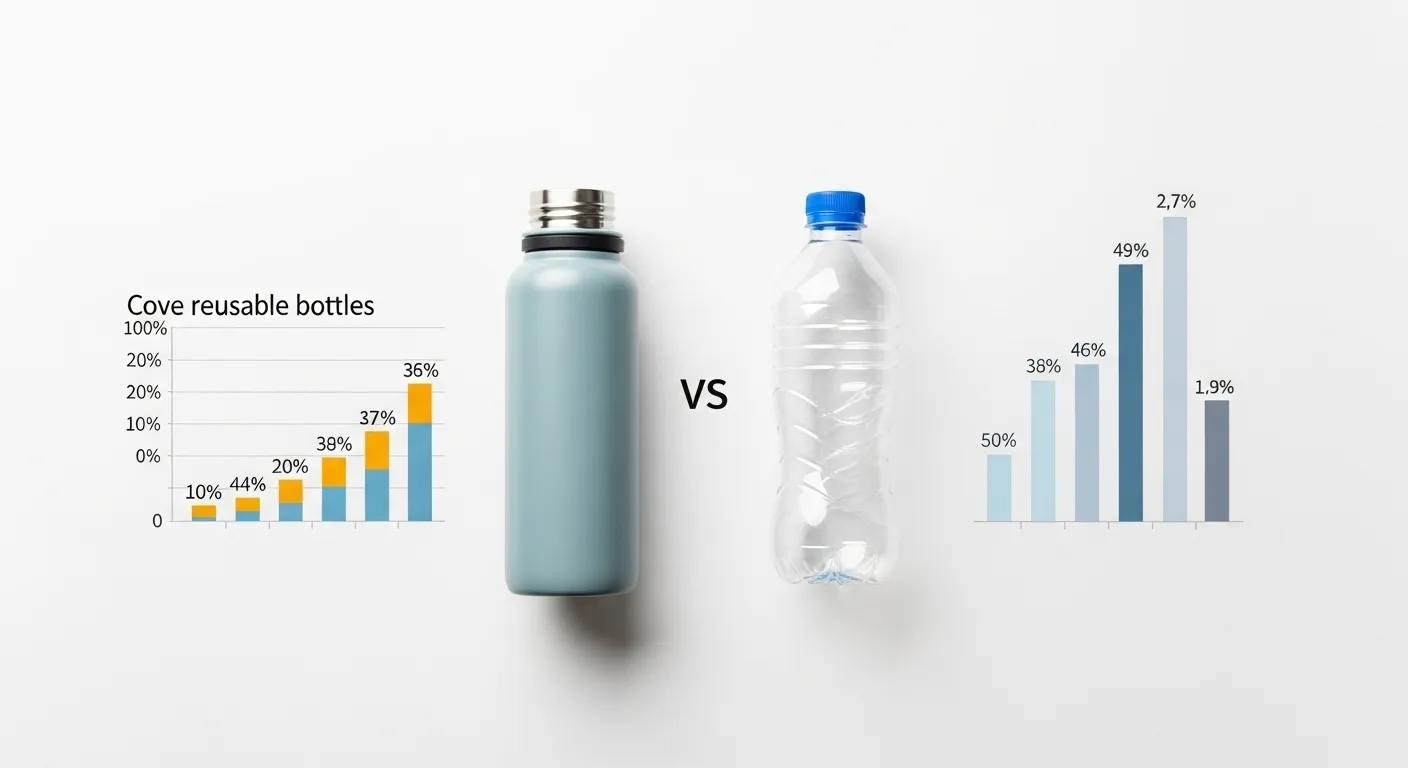
Cost Comparison Table
| Bottle Type | Lifespan | Estimated Cost Over 12 Years |
|---|---|---|
| Single-use plastic | One-time use | $13,000+ |
| Stainless steel | 10–12 years | $20–$50 |
Reusable bottles slash waste and cost, offering both sustainability and savings.
Are reusable water bottles really more hygienic than disposable ones?
Yes. Reusable bottles are safer when cleaned regularly, and tap water is highly regulated.
Tap water is tested more strictly than bottled water in most areas, making reusable bottles a safer choice.
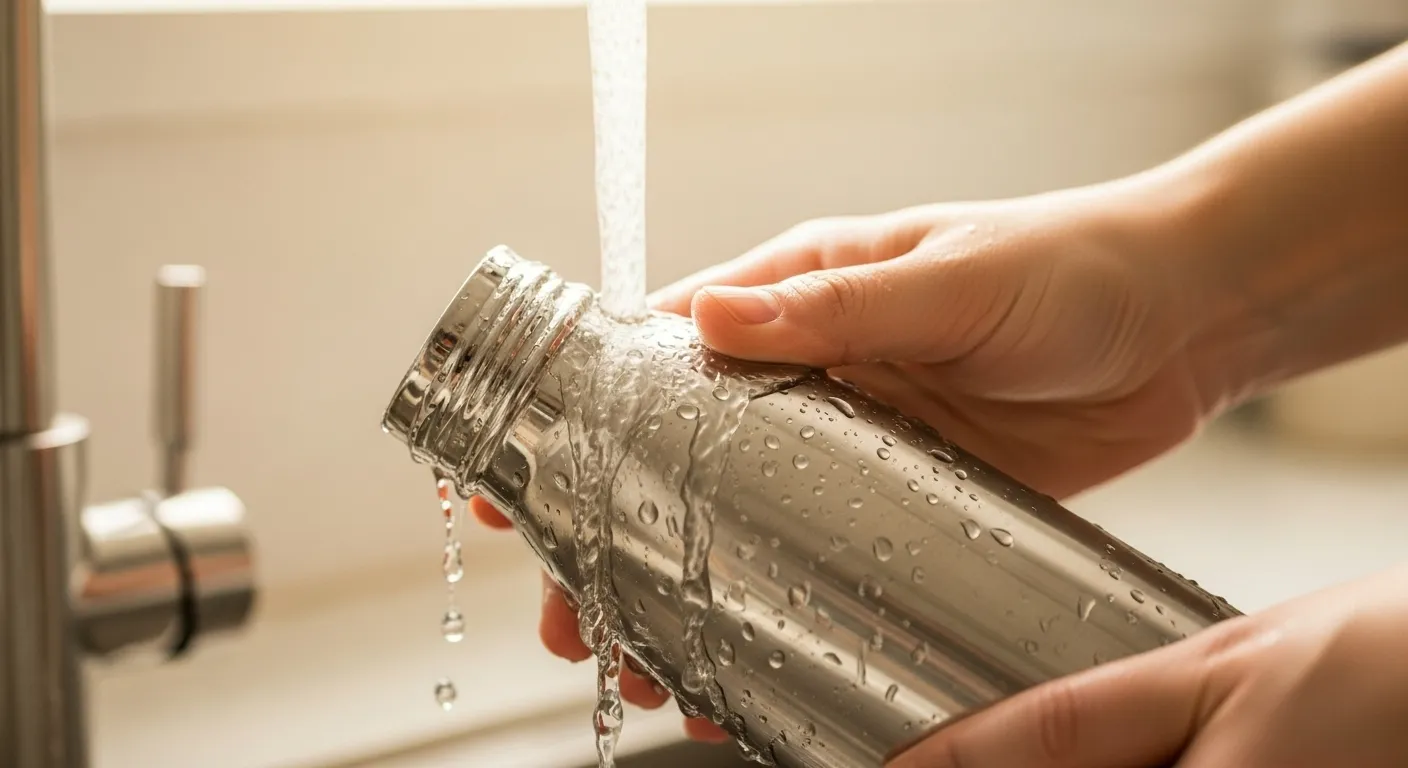
Busting Hygiene Myths
- Reusable bottles should be cleaned daily with warm soapy water.
- Bacteria risks come from neglect, not the material itself.
- Stainless steel resists odor and bacterial buildup better than plastic9.
- Many bottled water brands use municipal tap water10.
Staying informed helps avoid fear-based myths and encourages healthier habits.
What materials make the best alternatives to plastic water bottles?
Durable metals like stainless steel and aluminum outperform plastic in every way.
Stainless steel bottles are long-lasting, non-toxic, and fully recyclable—ideal for everyday use.
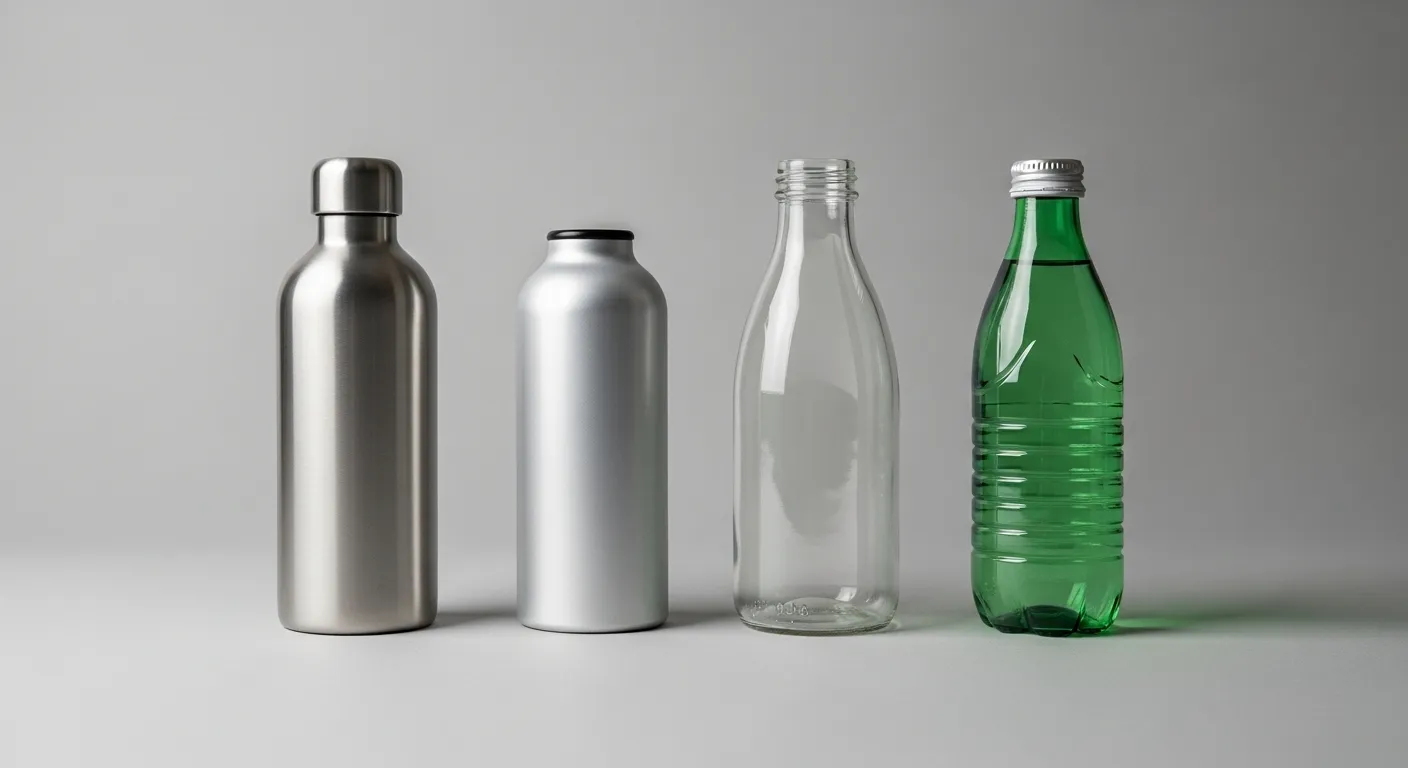
Materials Comparison Table
| Material | Durability | Toxicity | Recyclability | Best Use Cases |
|---|---|---|---|---|
| Stainless Steel | High | None | Excellent | Long-term, hot & cold use |
| Aluminum | Medium | Low | Excellent | Lightweight, on-the-go |
| Glass | Low | None | Excellent | Home or office |
| Bioplastics | Low | Variable | Limited | Emerging tech |
Choosing the right material11 enhances usability and reduces long-term waste.
How can public awareness and infrastructure support reducing plastic bottle use?
Behavioral change needs both education and access.
Communities with refill stations and awareness campaigns show up to 40% less plastic bottle waste.
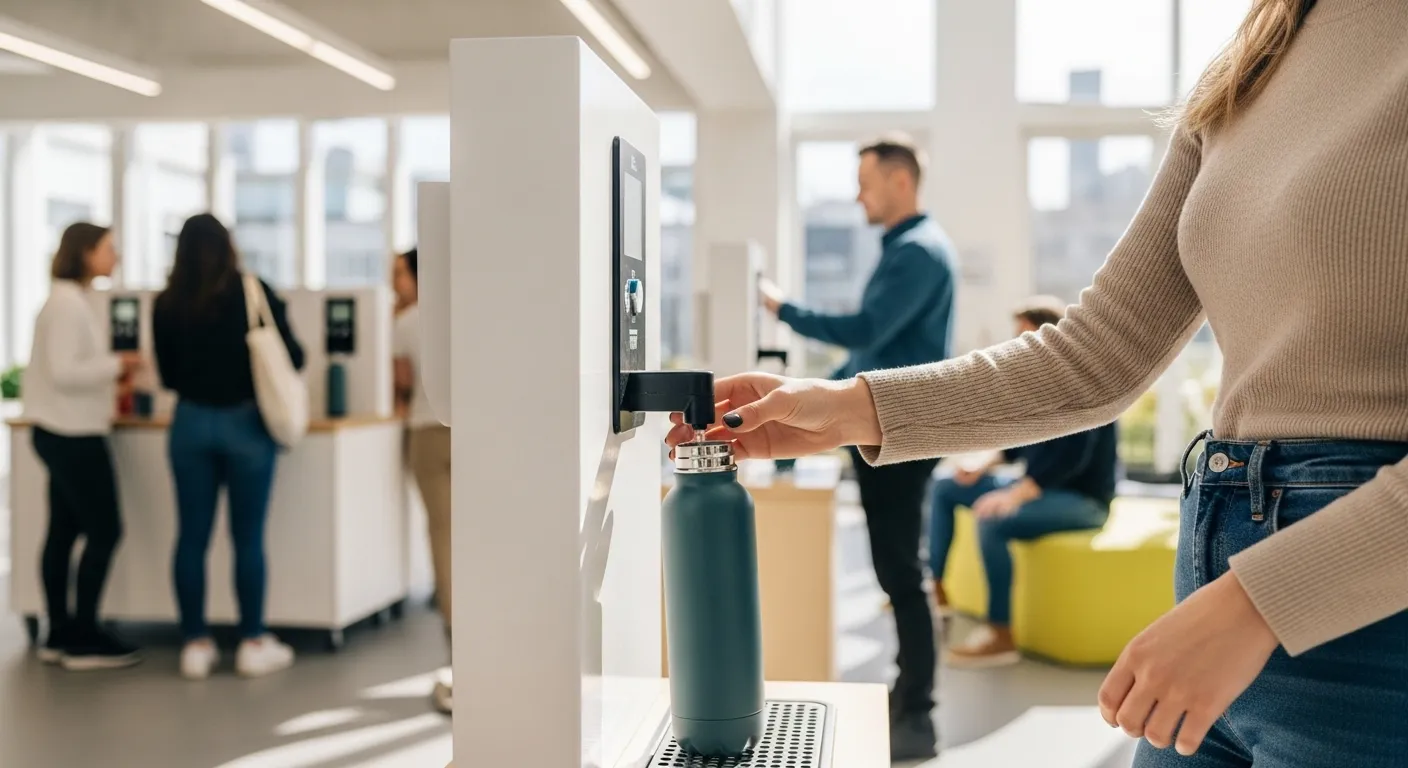
What Works
- Install refill stations in public spaces12.
- Run school and workplace challenges to reduce disposables.
- Share environmental facts through posters and social media13.
- Train staff and students on safe tap water use.
Awareness paired with action leads to lasting change.
What role does recycling play in reducing plastic water bottle pollution?
Recycling helps but can’t replace reducing and reusing.
Only 9% of plastic ever produced has been recycled—so we must reduce usage first.
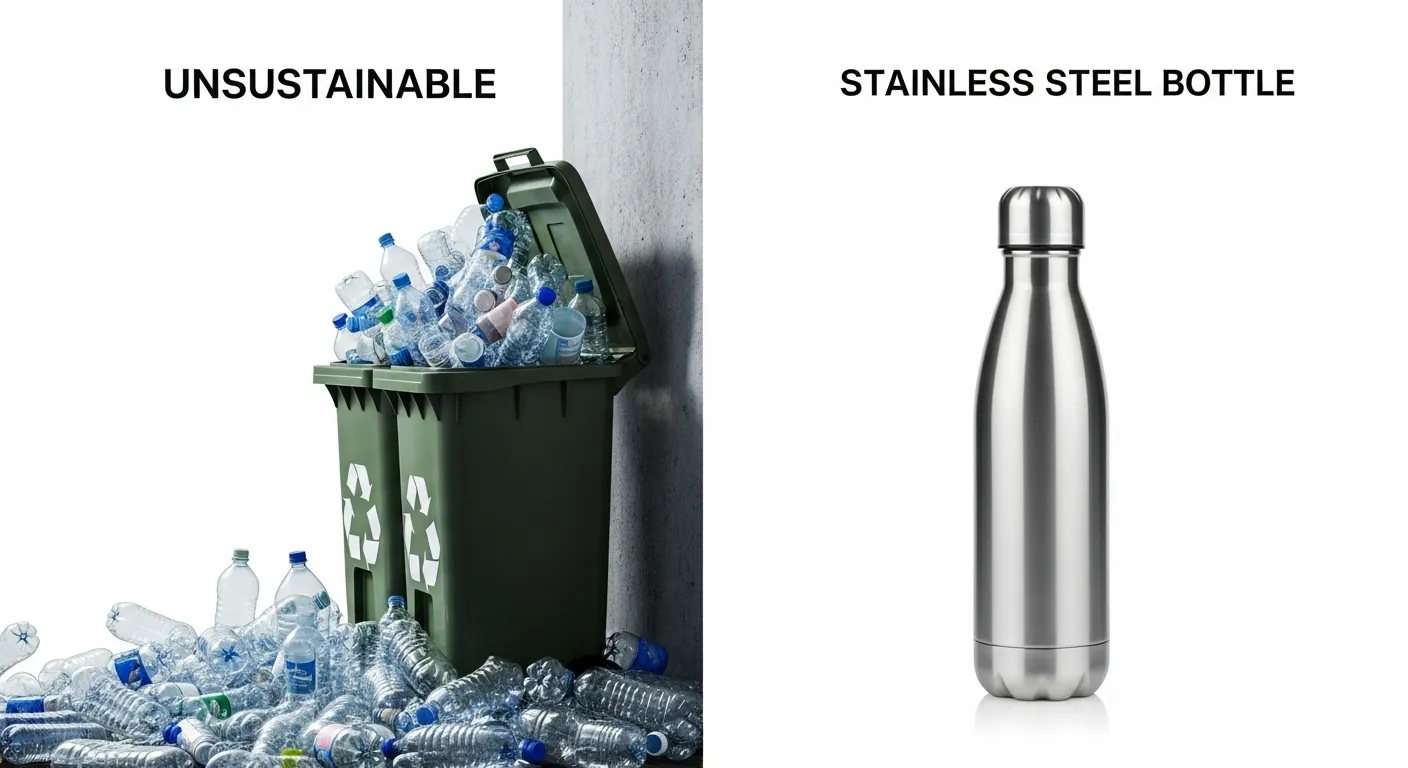
Recycling Realities
- Recycling plastic requires energy and creates emissions14.
- Many bottles never reach recycling plants due to contamination.
- Reducing plastic use avoids the problem at its source.
Focus first on reusables, then recycle what remains.
What are the environmental and economic impacts of switching to alternatives like aluminum or stainless steel bottles?
These materials cut long-term emissions and are becoming more cost-effective.
Switching to stainless steel or aluminum reduces chemical pollution, waste, and greenhouse gases.
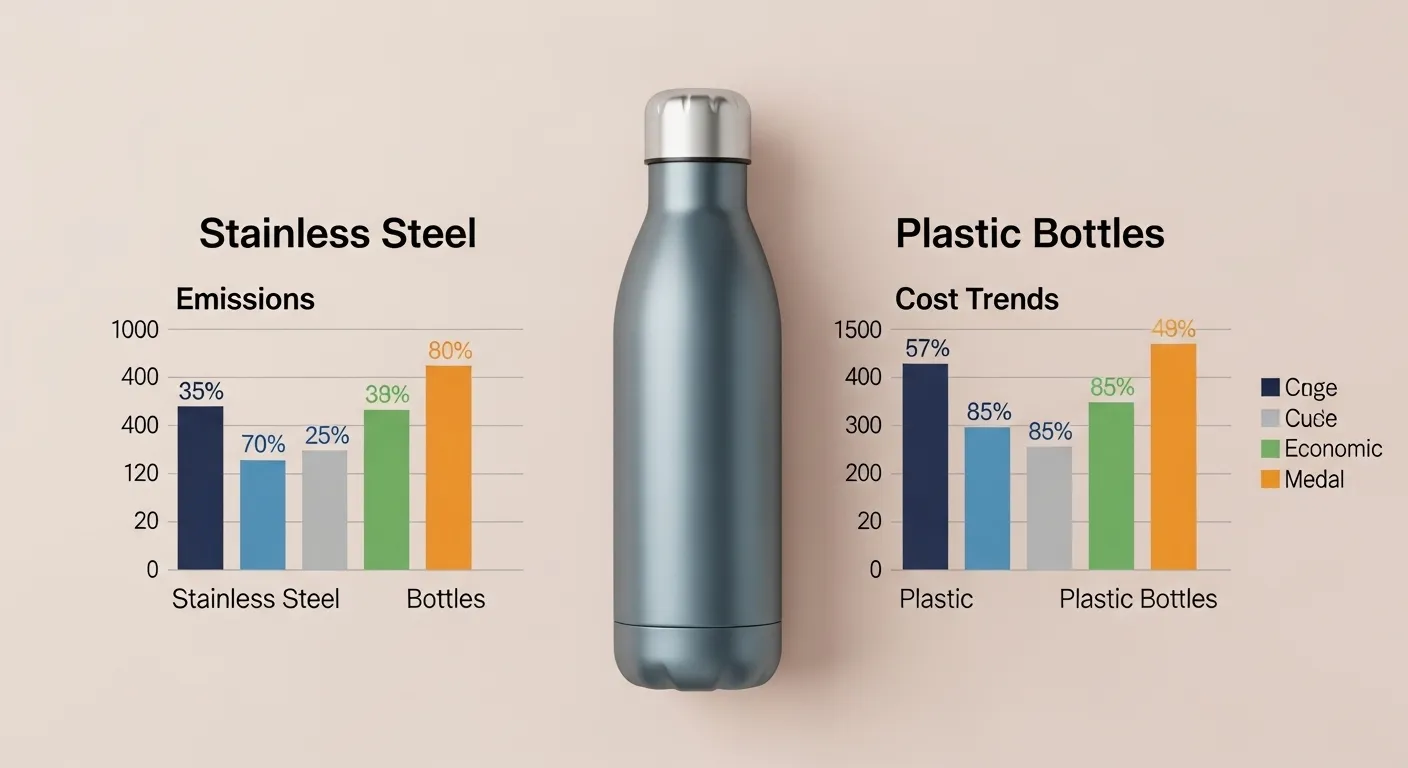
Impact Breakdown
- Emissions drop significantly over each bottle’s lifetime15.
- Stainless steel and aluminum production costs are falling16.
- Many companies are moving away from plastic, driving up demand for alternatives.
The switch is both environmentally and economically sustainable.
How much plastic water bottle waste is generated annually, and what are the global consumption trends?
Plastic bottle consumption is skyrocketing—and so is the waste.
Over 500 billion bottles are used yearly, with the majority ending up in landfills or oceans.
Global Usage Statistics
| Statistic | Value |
|---|---|
| Bottles used globally per minute | 1 million |
| Bottles used annually | 500+ billion |
| Reusable bottle market (2025, US)17 | $1.3 billion |
| CO₂ from bottle production annually | 2.5 million tons |
| Plastic bottle recycling rate worldwide18 | Under 10% |
These numbers show the urgent need for change.
What are common myths about plastic and reusable water bottles, and what is the truth behind them?
Misinformation keeps people from switching.
The idea that bottled water is safer or more convenient is false—reusable bottles outperform in every way.
Myth vs. Truth
-
Myth: Bottled water is cleaner.
Truth: Tap water is tested more often. -
Myth: Reusable bottles are unhygienic.
Truth: They’re safe when cleaned regularly. -
Myth: Plastic is cheaper.
Truth: Reusables save money long-term. -
Myth: Plastic is more convenient.
Truth: Refill stations are everywhere.
Education helps debunk these myths and promote sustainable choices.
Conclusion
Reducing plastic bottles helps the environment, saves money, and protects health for everyone.
Footnotes:
-
Reveals energy costs behind single-use bottle production ↩
-
Projects future plastic emissions if unchecked ↩
-
Shows microplastics’ harmful environmental impact ↩
-
Demonstrates how reusables cut yearly plastic use ↩
-
Clarifies the safety of tap water in most regions ↩
-
Highlights benefits of widespread refill station access ↩
-
Helps debunk hygiene fears around reusable bottles ↩
-
Supports policy-level solutions for systemic change ↩
-
Stainless steel's hygienic and durable advantages ↩
-
Highlights bottled water often comes from tap sources ↩
-
Guides readers in selecting sustainable bottle materials ↩
-
Emphasizes public access as a driver of change ↩
-
Spreads environmental awareness through social messaging ↩
-
Clarifies the limits and footprint of plastic recycling ↩
-
Quantifies emissions savings over a bottle's lifecycle ↩
-
Notes declining costs in sustainable material production ↩
-
Indicates rising consumer demand for reusable bottles ↩
-
Underscores low global plastic recycling rates ↩

